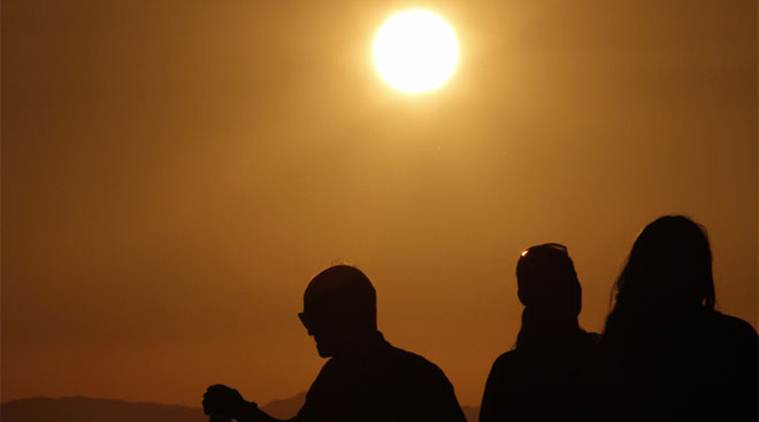Summer Solstice 2017: Here’s all you need to know
Summer Solstice 2017: This phenomenon occurs when the sun is directly over the Tropic of Cancer, or more specifically right over 23.5 degrees north latitude.
 Summer Solstice 2017: The maximum amount of sunlight received by the Northern Hemisphere during this time is usually on June 20, 21 or 22. That is called the summer solstice.
Summer Solstice 2017: The maximum amount of sunlight received by the Northern Hemisphere during this time is usually on June 20, 21 or 22. That is called the summer solstice.
The longest day of 2017, for anyone living north of the Equator, is June 21. In technical terms, this day is referred as the summer solstice, the longest day of the summer season. It occurs when the sun is directly over the Tropic of Cancer, or more specifically right over 23.5 degrees north latitude. This will happen at around 10 AM on Wednesday (Indian Standard Time).
Why do we have summer solstice?
Since Earth rotates on its axis, the Northern Hemisphere gets more direct sunlight between March and September over the course of a day, which also means people living in the Northern Hemisphere also experience summer during this time. The rest of the year, the Southern Hemisphere gets more sunlight.
The maximum amount of sunlight received by the Northern Hemisphere during this time is usually on June 20, 21 or 22. That is called the summer solstice. In contrast, the Southern Hemisphere receives most sunlight on December 21, 22 or 23 when northern hemisphere has its longest nights– or the winter solstice.
How many hours of sunlight will we get on Wednesday?
The amount of light received by a specific area in the Nothern Hemisphere during the summer solstice depends on the latitudinal location of the place. The further north one moves from the equator, the more light one receives during the summer solstice.
At the Artic Circle, the sun never sets during the solstice.
 This is a six month pinhole photo taken from solstice to solstice, in Medicine Hat, Alberta, Canada. We are one of the sunniest cities in Canada, and this shows it nicely. (Captioned by Ian Hennes/Source Facebook: Ian Hennes)
This is a six month pinhole photo taken from solstice to solstice, in Medicine Hat, Alberta, Canada. We are one of the sunniest cities in Canada, and this shows it nicely. (Captioned by Ian Hennes/Source Facebook: Ian Hennes)
Some interesting trivia about the summer solstice: In 2013, a resident of Alberta, Canada, who lives several hundred miles south of Fairbanks — a high latitude area — took this pinhole camera photograph of the sun’s path throughout the year, and shared it with the astronomy website EarthSky. One can see the change in the arc of the sun throughout the year, from December to June.
The festival of Ramadan coincides with the summer solstice. Muslims are supposed to fast until sunset during Ramadan, hence, those living in high altitude countries like Norway, Sweden, or Iceland, have to fast for over 20 hours. Therefore, Muslim religious authorities have decreed that Muslims living in these areas can either fast along with the closest Muslim country or fast along with Mecca, Saudi Arabia.
Summer solstice does not mean the earliest sunrise or latest sunset:
Although June 21 will be the longest day in 2017, it does not necessarily mean that it brings the earliest sunrise or latest sunset. It depends on the latitudinal location of the country.



- 01
- 02
- 03
- 04
- 05




























